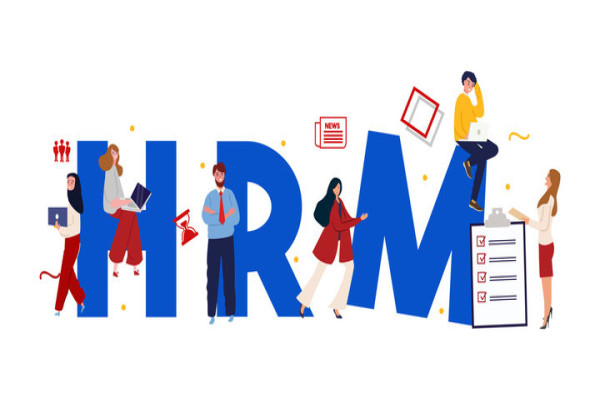
Human resource management (HRM) is the practice of recruiting, hiring, deploying and managing an organizations employees. HRM is often referred to simply as human resources (HR). A company or organizations HR department is usually responsible for creating, putting into effect and overseeing policies governing workers and the relationship of the organization with its employees. The term human resources was first used in the early 1900s, and then more widely in the 1960s, to describe the people who work for the organization, in aggregate.
HRM is employee management with an emphasis on employees as assets of the business. In this context, employees are sometimes referred to as human capital. As with other business assets, the goal is to make effective use of employees, reducing risk and maximizing return on investment (ROI).
The modern term human capital management (HCM) is often used by large and midsize companies when discussing HR technology.
The purpose of HRM practices is to manage the people within a workplace to achieve the organizations mission and reinforce the corporate culture. When people management is done effectively, HR managers can help recruit new employees who have the skills to further the companys goals. HR professionals also aid in the training and professional development of employees to meet the organizations objectives.
A company is only as good as its employees, making HRM a crucial part of maintaining or improving the health of the business. Additionally, HR managers monitor the state of the job market to help the organization stay competitive. This could include ensuring compensation and benefits are competitive, events are planned to keep employees from burning out and job roles are adapted based on the market.
HR professionals manage the day-to-day execution of HR-related functions. Typically, human resources is a standalone department within an organization.
HR departments vary in the size, structure and nature of their individual positions. For small organizations, one HR generalist might perform a broad array of functions. Larger organizations have several HR professionals who handle specialized roles, such as recruiting, immigration and visas, talent management, employee benefits and compensation. Though these HR positions are specialized, job functions might still overlap.
Amazon is an example of a large company with multiple types of specialized HR positions. The companys career website lists the following HR job titles.